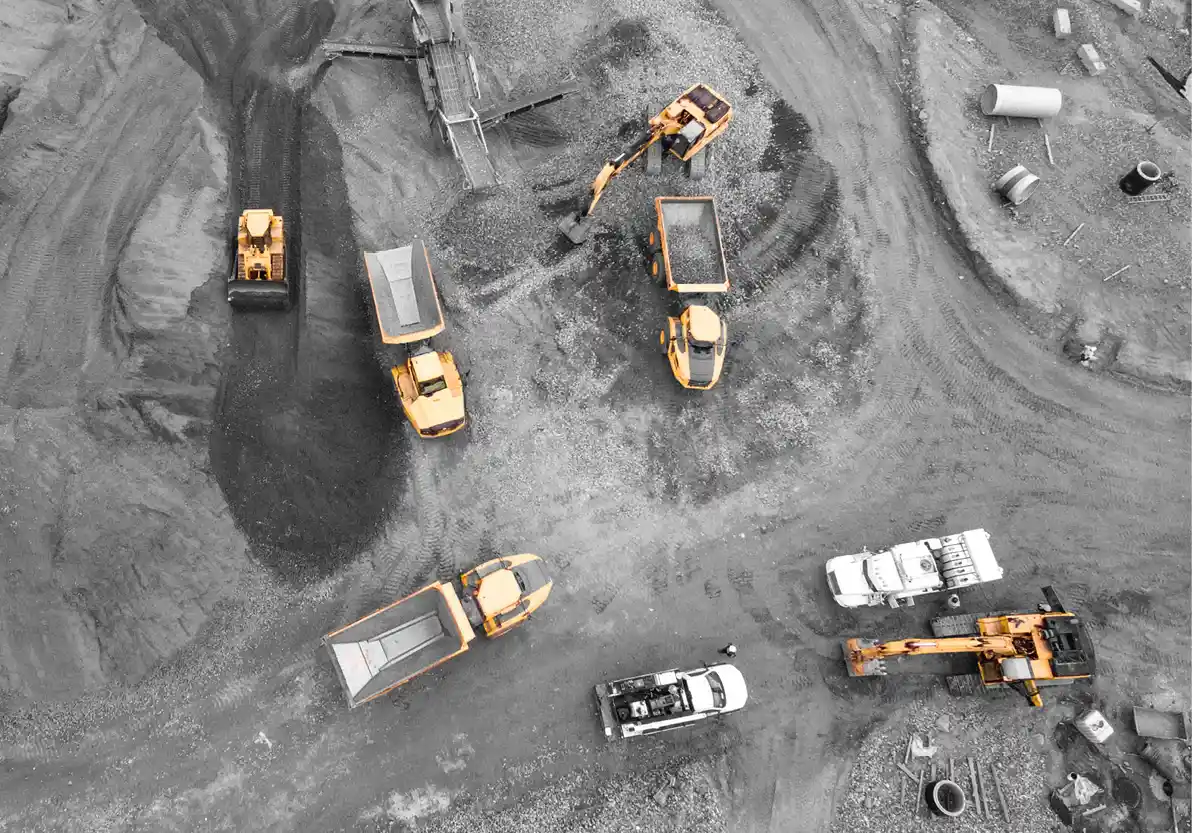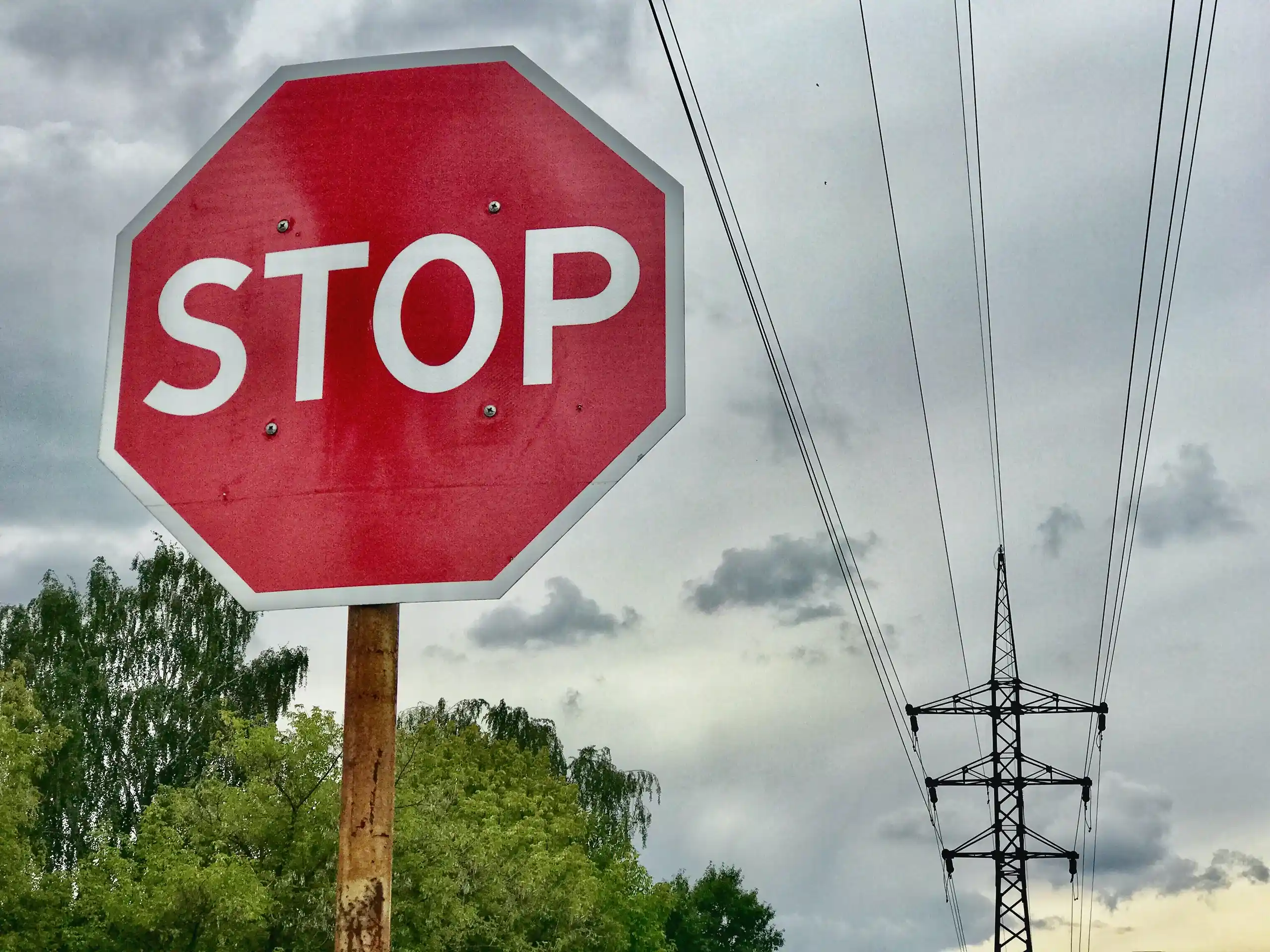
At this time, many companies are cost cutting, yet one area is being overlooked, electricity costs.
TL;DR
-
Due to COVID-19, Ontario’s demand profile is rising sharply in the morning but staying at this level throughout the day as residential energy use increases while industrial / commercial decreases.
-
Fewer businesses operating means fewer participants for Demand Response programs like the ICI, which gives the IESO fewer options to deal with Peaks.
-
Fewer non-residential energy users means that Global Adjustment costs could increase even if your business is using the same or even less energy than normal, since its relative share of total demand is now higher.
Navigating Peaks is key to minimizing these costs, and this season predicting Peaks is going to be more challenging than before. This global pandemic is throwing all our routines out of whack, as the virus interrupts both our private and professional lives. COVID-19 has come as a blow to numerous companies, many of whom are now trying to weather the storm as best they can.
Cost cutting has become the name of the game, yet one area is being overlooked, namely the impact of electricity costs on bottom lines. Making sure you’ve optimized your energy consumption patterns is a must at the best of times, but it becomes critical during such fiscally trying times.
For businesses taking part in Peak programs, such as the ICI, this state of affairs makes it harder to ascertain when peaks will occur.
In the days before social distancing, under normal circumstances, system operators have to deal with two Peaks, one in the morning and one in the evening (usually between 5-7pm) when people are getting ready for, and coming home from work, respectively.
This typical pattern makes it easier to anticipate when Peak hours will occur, thus helping companies to load shift to stored energy and/or on-site generation or shift usage to off peak hours. The issue now is that, with more people working from home (WFH), these Peaks do not occur, at least not to the same degree. Just as social distancing and WFH are trying to flatten the COVID curve, so too is it flattening Peaks.
How is the Demand Profile changing?
In contrast to the daily two Peak demand profile, demand is currently rising sharply in the morning but staying at this level throughout the day. Overall, residential energy use has increased while industrial and commercial has decreased.
This actually makes things easier for system operators, since there is less fluctuation in demand throughout the day. Together with assurances from system operators, such as the IESO that “electricity system remains stable and reliable,” businesses need not worry about blackouts further interrupting their operations.
That being said, for businesses taking part in Peak programs, such as the Industrial Conservation Initiative (ICI) in Ontario, this state of affairs makes it harder to ascertain when Peaks will occur.
“We’ve seen companies [offset potential] bankruptcy and come back full swing to [familiar fiscal] levels simply by managing their energy costs in a better way.”
This is no small matter, as companies that miss the Peak windows face costs of $102,000 per MW – a substantial financial burden. Companies facing reduced revenue and the need to cut costs would be wise to look at managing their energy needs, especially as a way to help prevent, – or at least mitigate – the number of layoffs they are being forced to implement.
What does this mean for Peaks and predictions?
This flattened demand profile means that Peak prediction models need to take this set of circumstances into account in order to effectively respond to this new normal. With fewer businesses operating and many opting out of Peak programs, the importance for remaining participants to shift their production to non-peak hours is more important than ever, since failing to do so will mean a larger than usual bill.
With fewer businesses operating, there are fewer firms participating in demand response programs to cover the costs of Global Adjustment (GA). Global Adjustment is shared among participating companies based on their share of provincial electricity consumption during Peaks.
This means that while a business’ absolute usage may not have increased, its relative demand has, as fewer participants are available to share costs.
With changes to consumption patterns, it is likely that we will begin to see Peaks emerging at different times. Whereas we witness a peak between 5-7pm when workers come home, WFH has changed this pattern; we could now see usage drop.
Businesses trying to predict Peaks based on prior trends will not be able to accurately do so. COVID-19 aside, Peaks can emerge at strange times in normal times (2019 saw its first noon Peak on Friday, July 19th and the first Saturday peak the very next day).
It’s vital that businesses make effort to try and catch these weirdly timed peaks.
Businesses trying to predict Peaks based on prior trends will not be able to accurately do so.
Here at EnPowered, we’re fine tuning our machine learning algorithms in order to better reflect the current peak demand profile, understand how large the curtailing or responding commercial and industrial (C&I) load will become, and iterate new models to ensure we are providing you with the best possible information.
With restrictions and closures set to continue at least until early May (and probably longer), businesses need to adjust their energy consumption patterns accordingly. The reduced C&I load means that the risks associated with missing Peaks are even greater. We encourage you to assess and plan for this now.




